For this month’s first blog we’re looking at the history of British Wool in Bradford. British Wool is a non-profit farmer run organisation that collects, grades, promotes and sells wool produced in the UK. This year marks 75 years since the organisation was founded. The work that they do is discussed in our Woven Through Time exhibition, featuring photography by Ian Beesley. The exhibition looks at the past and present of Bradford’s textile industry, which British Wool plays a significant part in. The exhibition is on at Bradford Industrial Museum until 16th November 2025.
1950s & 60s
British Wool were founded as The British Wool Marketing Board in London in 1950 to support British farmers. In the 1960s, the board had a grading and training centre in Bradford at Oak Mills, Clayton.
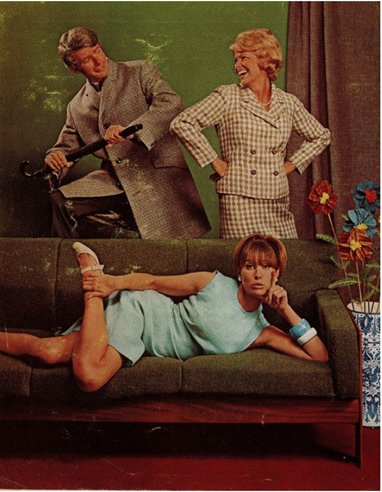
In 1967, British Wool collaborated with the Textile Department at Bradford Technical College to produce an advert promoting new all-British wool cloth for clothes and home furnishings.
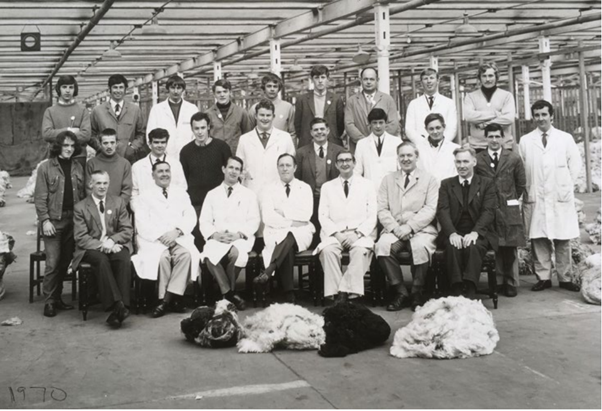
1970s
British Wool introduced the trademark Shepherd’s Crook mark in 1970. The symbol indicates that a product is made with genuine British farmers’ wool.
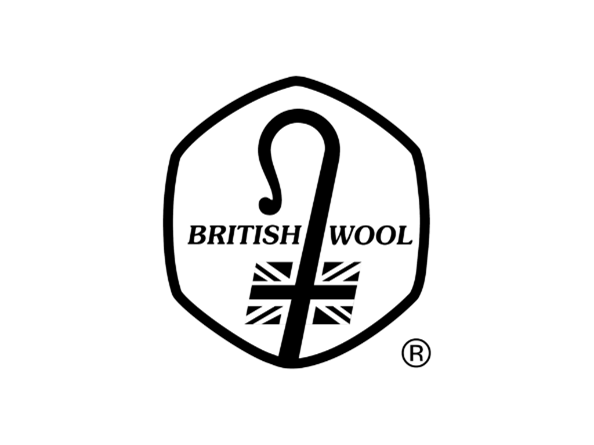

In 1977, British Wool officially moved its headquarters to its Bradford site in Clayton. Despite the decline in the local industry at this time, the decades prior had well and truly established Bradford as the wool capital of the UK, with hundreds of mills in the city producing worsted yarn and fabric.
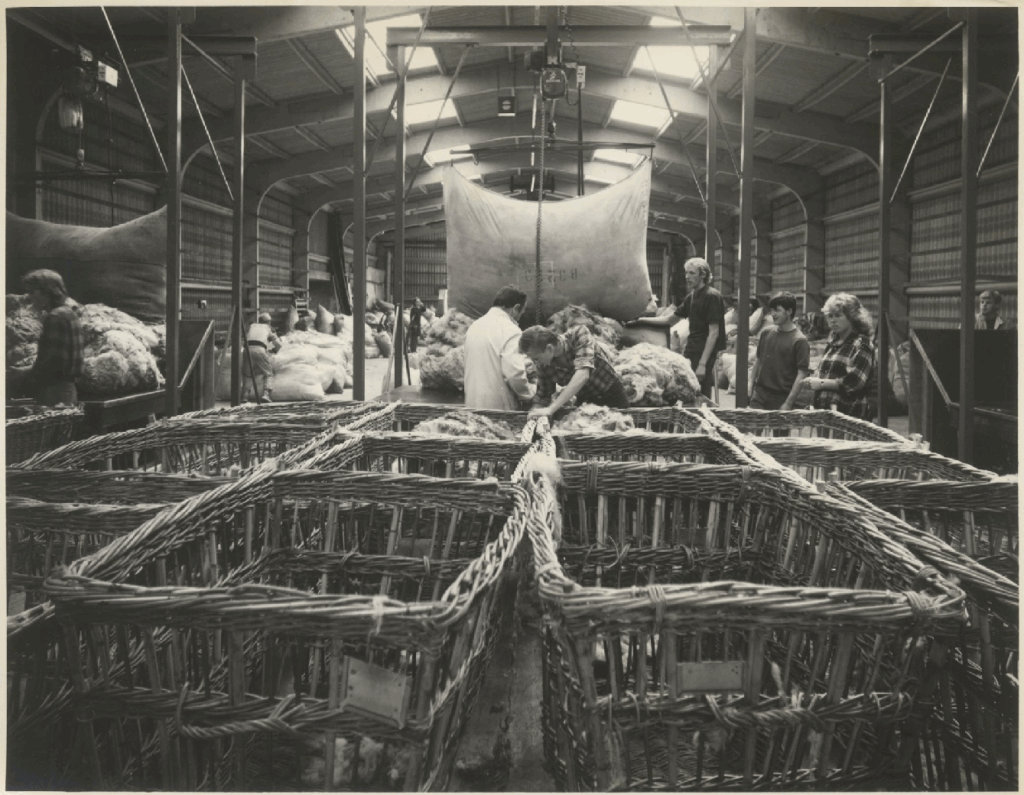
1990s
The 1990s saw a shortage of sheep shearers in the UK. To preserve this traditional rural skill, British Wool became the UK’s shearing assessment centre in 1999 and began delivering internationally recognised training and qualifications.
2010 – Today
The Campaign for Wool was launched in 2010 with British Wool as one of the founding partners. The aim of the campaign is to teach people about the advantages of wool and to support the growth of the wool industry. The campaign began celebrating Wool Week every October. This has now grown into Wool Month, where a variety of events and activities are held to celebrate the qualities of British wool and support farmers in the UK.
In 2012 British Wool moved to their new premises on Canal Road, where they remain today.
Ten years later in 2022,the organisation introduced its new traceability scheme. Now all wool handled and sold by British Wool is fully traceable back to the farm it came from. In the same year trailblazer Amy-Jo Barton joined the team, becoming the UK’s first female wool grader.
Today, British Wool continues to collect, grade and market wool produced in the UK, and works to promote its sustainable qualities. They have had a presence in Bradford for over 60 years, providing jobs in the city and supporting local farmers.
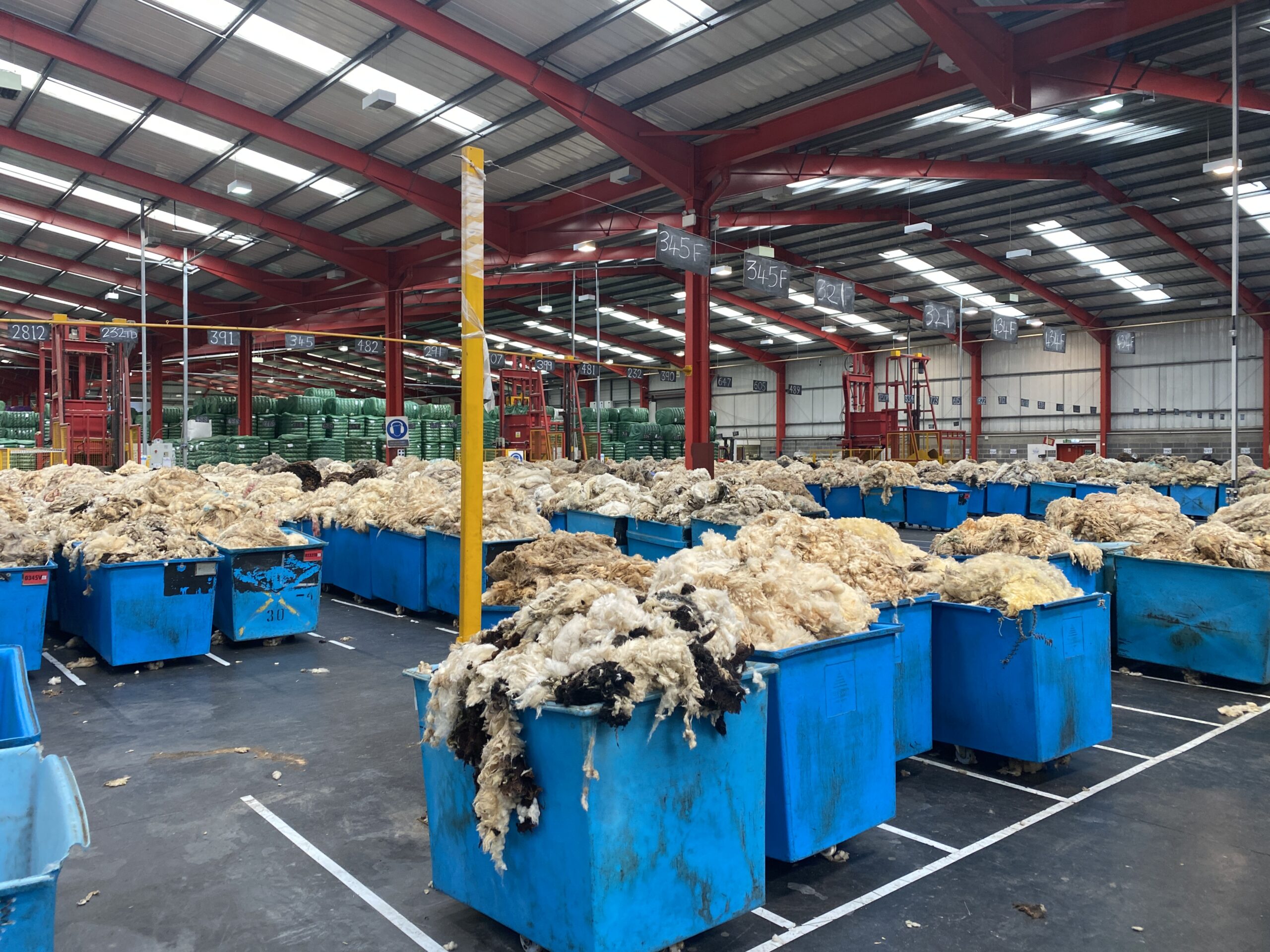
Our photo archive volunteers recently digitised some photographs of the former British Wool depot in Clayton, taken by Ian Beesley in the 1980s.
Some of these photo’s feature in the Woven Through Time exhibition at Bradford Industrial Museum.
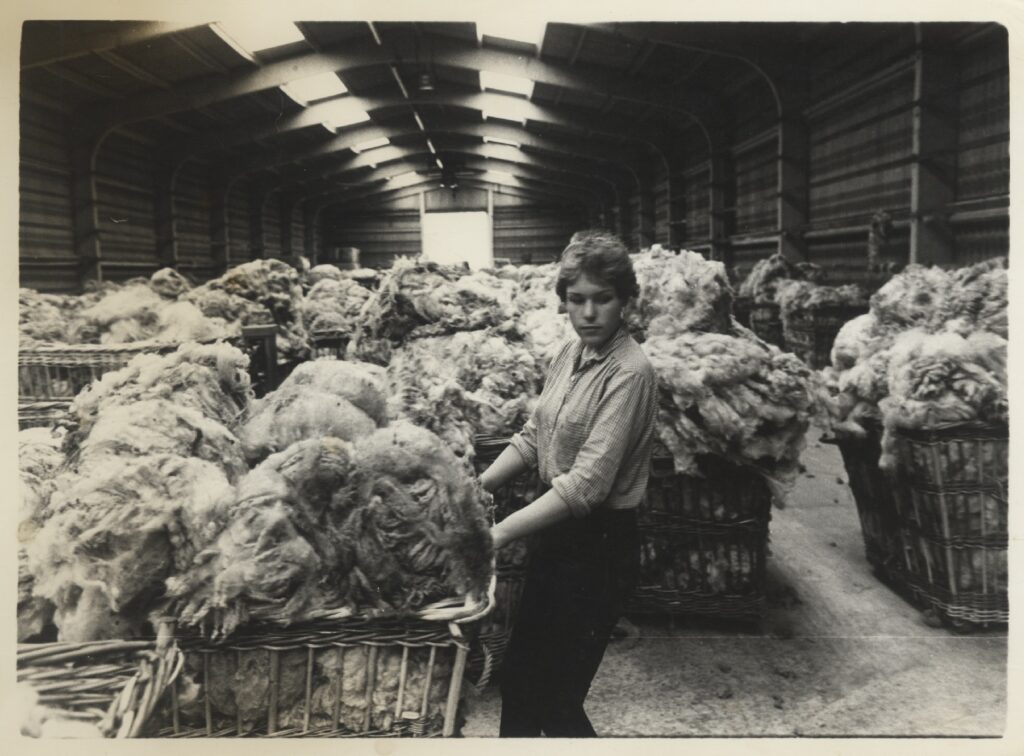
If you wish to learn more about British Wool and the textile industry in Bradford, there’s still a few more weeks left to catch Woven Through Time at Bradford Industrial Museum.
To purchase prints of photographs by Ian Beesley, visit our photo archive website here: Ian Beesley – Photos Bradford – Bradford District Museums & Galleries
To learn more about what British Wool are doing for Wool Month, follow them on social media: